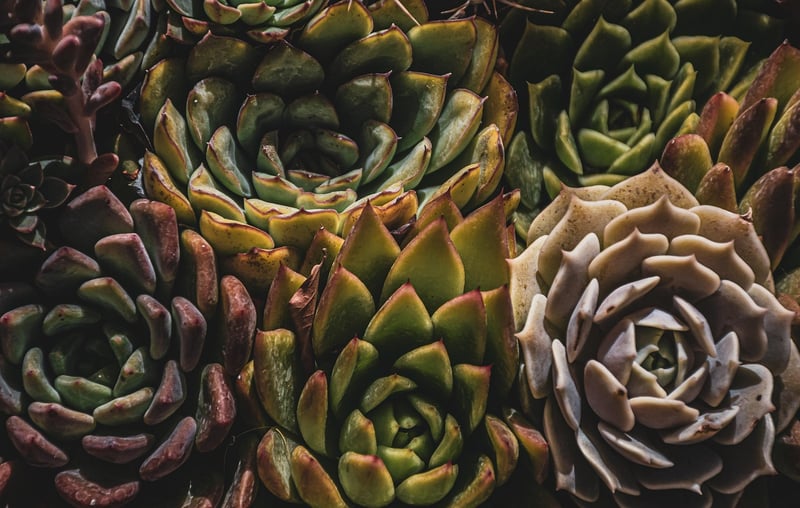Sunlight Requirements
Keeping Your Plants Healthy: Understanding Sunlight Requirements
Plants are not just decorative; they are living organisms that require specific care to thrive. One essential factor in plant care is understanding their sunlight requirements. Different plants have varied needs when it comes to sunlight exposure, and providing the right amount of light can make a significant difference in their growth and overall health.
Types of Sunlight Requirements
Plants are typically categorized based on their sunlight requirements into the following groups:
- Full Sun: Plants that require at least 6 hours of direct sunlight per day.
- Partial Sun/Partial Shade: Plants that need 3-6 hours of sunlight per day.
- Full Shade: Plants that thrive in minimal to no direct sunlight.
Choosing the Right Spot
Before purchasing a plant, it's crucial to assess the sunlight conditions in your home or garden. Observe the different areas throughout the day to determine the amount of sunlight they receive. Once you know the sunlight patterns, you can select plants that align with those conditions.
Signs of Sunlight-related Issues
Improper sunlight exposure can lead to various problems for your plants. Here are some signs that indicate your plant may not be receiving adequate sunlight:
- Yellowing or browning of leaves
- Leggy or elongated growth
- Poor flowering or fruiting
- Wilting or drooping
Providing Adequate Sunlight
To ensure your plants receive the right amount of sunlight, consider the following tips:
- Rotate your plants regularly to promote even sunlight exposure on all sides.
- Use artificial grow lights for indoor plants that require more light.
- Prune surrounding trees or plants that may be blocking sunlight to your garden.
By understanding and fulfilling your plants' sunlight requirements, you can promote their growth, flowering, and overall well-being. Remember, a happy plant is a healthy plant!

Image source: Pixabay
